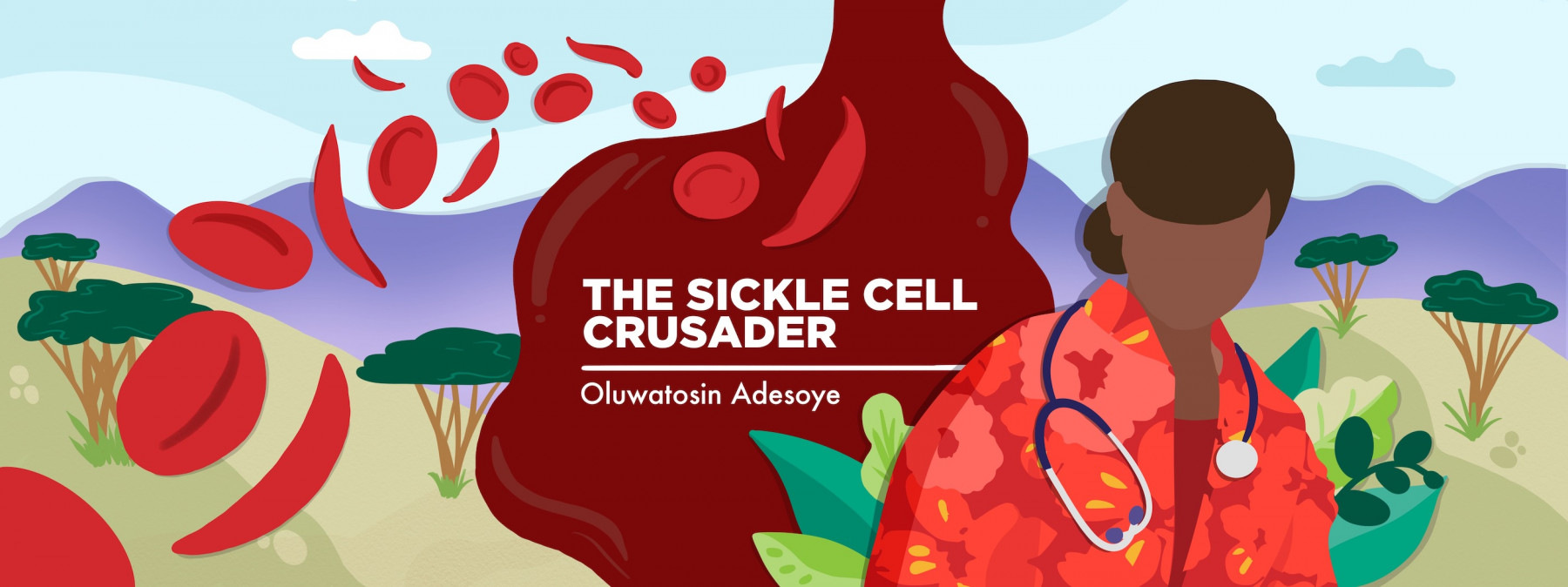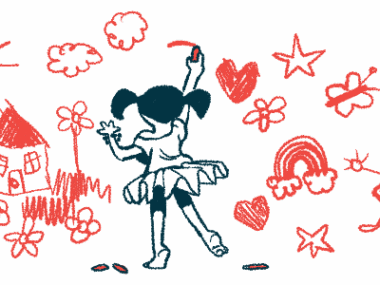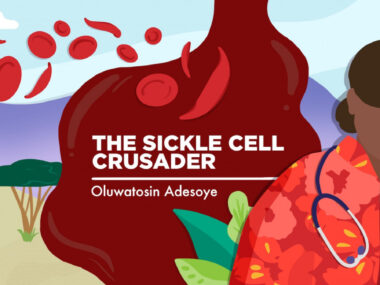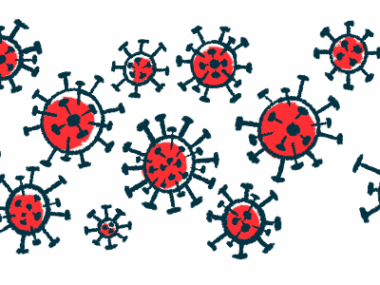The difference between sickle cell anemia and sickle cell disease
The anemia diagnosis is but one of many disease types of this condition
Written by |

As a medical professional living with sickle cell anemia, I’ve chosen to dedicate myself to sickle cell advocacy and education. On this journey, I’ve realized a lot of people cannot distinguish between sickle cell disease and sickle cell anemia, including some health professionals. Today I’m using my platform to clear up this confusion and shed light on the broader landscape of this condition.
Let’s get one thing straight: Sickle cell disease isn’t just one disorder; it’s a group of inherited blood diseases in which a child inherits two abnormal HBB genes, one from each parent, and at least one of these abnormal genes must be the abnormal protein hemoglobin (Hb) S.
That can contribute to several several types of sickle cell, including HbSS (sickle cell anemia), HbSC, HbSD, HbSE, and HbS beta-thalassemia.
Types of sickle cell disease
While there are countless types of sickle cell disease, I’d love to mention some of the major types briefly. HbSS, a sickle cell anemia, is the most common and often the most severe type of sickle cell disease. It happens when a child inherits HbS from each parent.
That’s my reality. I was diagnosed at just 1 year old. At 38, I can proudly say I’ve done a tremendous job of not just surviving, but thriving while living with sickle cell anemia.
The second most common type of sickle cell disease is the HbSC type, also known as sickle hemoglobin C disease. This type results from inheriting an HbS gene from one parent and an HbC gene from the other. It’s generally less severe than HbSS.
There are several types of HbS beta-thalassemia. Sickle beta-zero thalassemia, for instance, is less common than HbSS and HbSC and is caused by the inheritance of HbS from one parent and beta-thalassemia trait from the other. It can be almost as severe as HbSS because it completely stops the production of normal hemoglobin A, leading to similar levels of hemoglobin S concentration (around 90%) as seen in HbSS. That’s why it’s also sometimes referred to as sickle cell anemia.
There’s also sickle beta-plus thalassemia. Just as above, the child inherits HbS from one parent and beta-thalassemia trait from the other. The difference between this type and sickle beta-zero thalassemia is that sickle beta-plus thalassemia still allows some production of normal hemoglobin A. As a result, sickle beta-plus thalassemia is less severe than sickle beta-zero thalassemia.
Beyond these are countless other types of sickle cell disease, based on the various hemoglobin mutations that can occur. These include HbSE, HbSO-Arab, HbSD-Punjab (also known as HbSD-Los Angeles), HbSG-Philadelphia, HbS-HPFH, and many more.
The critical distinction
Sickle cell anemia, as I’ve shown above, is just a type among many of sickle cell disease. Sickle cell disease, on the other hand, is a family of disorders and encompasses all the numerous types. Sickle cell anemia is only one diagnosis within the big world of sickle cell diseases.
I hope that with my explanations, a lot of people living with sickle cell disease, as well as caregivers, advocates, and health professionals, can now differentiate between sickle cell disease and sickle cell anemia.
Note: Sickle Cell Disease News is strictly a news and information website about the disease. It does not provide medical advice, diagnosis, or treatment. This content is not intended to be a substitute for professional medical advice, diagnosis, or treatment. Always seek the advice of your physician or other qualified health provider with any questions you may have regarding a medical condition. Never disregard professional medical advice or delay in seeking it because of something you have read on this website. The opinions expressed in this column are not those of Sickle Cell Disease News or its parent company, Bionews, and are intended to spark discussion about issues pertaining to sickle cell disease.







ISAAC AMEDE
Thank you for what you do. I have an eight year old daughter who is a Warrior. Thank you for your selfless advocacy.
Abraham
Very insightful.I appreciate your vast knowledge of this condition.My boy has HbSS and I have promised myself to be there for him and truly you are a blessing to us.keep up the good works and may our God Almighty bless you abundantly
Valerie Roberson
Thank you for this article. Can you also address how these differ from the sickle cell trait? I still have healthcare workers tell me that I only have the trait, others say SC disease, and some have said that I have beta thalassemia (as though this an additional condition that differs from sickle cell).